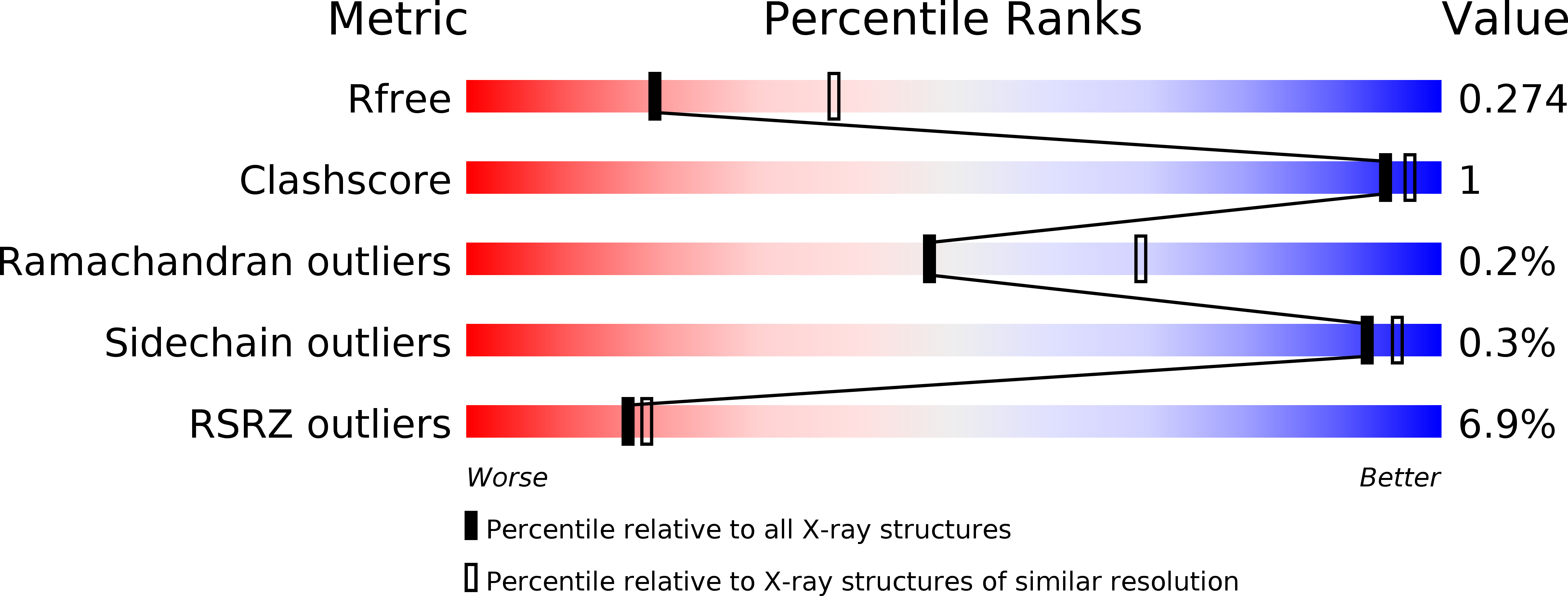
Deposition Date
2013-08-08
Release Date
2013-10-23
Last Version Date
2023-09-20
Entry Detail
PDB ID:
4M63
Keywords:
Title:
Crystal Structure of a Filament-Like Actin Trimer Bound to the Bacterial Effector VopL
Biological Source:
Source Organism:
Vibrio parahaemolyticus (Taxon ID: 1211705)
Drosophila melanogaster (Taxon ID: 7227)
Drosophila melanogaster (Taxon ID: 7227)
Host Organism:
Method Details:
Experimental Method:
Resolution:
2.75 Å
R-Value Free:
0.27
R-Value Work:
0.21
R-Value Observed:
0.22
Space Group:
C 1 2 1


